Table of Contents Show
In what feels like a short amount of time, video games have gone from 8-bit to 16-bit to full, lifelike 3-D worlds made of numerous polygons. These jumps in graphics are amazing technical advancements, with each new jump bringing in a new era of innovation. The rendering software used to create video games has become complex. Major game developers have taken advantage of this, churning out video games that are more detailed and visually stunning than the last. For an outsider, this current state could be seen as a prosperous boom.
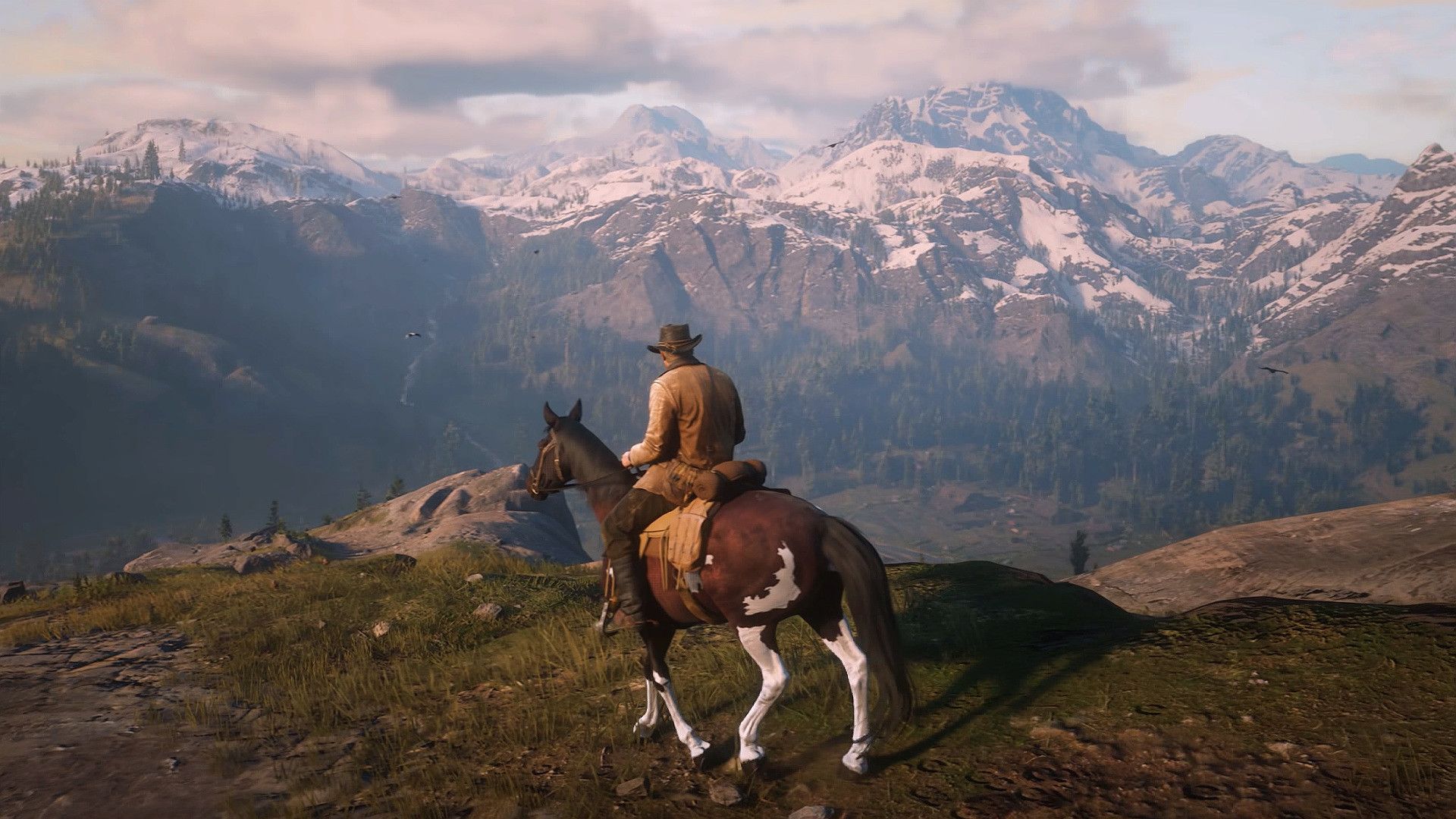
However, this race for the best graphics has come with a terrible price within the video games industry. As graphics become more involved and harder to produce, the artists and developers who create the video games have been forced into terrible work conditions, leading to attrition and mental stress across the board and hurting the industry in the long run.
The Monkey’s Paw Of Graphics
With the evolution of polygons and animation software, video games have graphically reached very close to photo-realism. Most games released by major video game companies (also known as “Triple A” companies) are objectively beautiful and vast because of this. When Rockstar Games’ “Red Dead Redemption 2” was released, it was lauded for the level of detail put into it. Likewise, NetherRealm Studios has thrilled “Mortal Kombat” fans with anatomically realistic fatalities since 2011. The graphics and visuals in Triple A video games are expected to be top tier since these companies are larger and have the ability to consistently reach that peak. However, making these photo-realistic video games leads to all types of pitfalls.
The Problem Of Crunch
Crunch is the biggest of these pitfalls. “Crunch” refers to the time just before a video game’s initial release where the developers try to fix any obvious problems that might break the game, as well as add any last-minute details. During this time, developers can find themselves working twelve-hour days. In the industry, crunch is an expected thing and goes back to the early days of video games. However, because of the current standard of graphics, what was once maybe a couple of weeks’ worth of crunch has become months of nonstop crunch.
During Naughty Dog’s making of the award-winning game “The Last of Us Part II,” developers often logged twelve hours (or more) days throughout the entire week, weekends included. Developers often spent these days fitting in as much work as possible or “trapped” waiting for the next step to continue working (( Schreier, Jason. 2020. “As Naughty Dog Crunches On The Last Of Us II, Developers Wonder How Much Longer This Approach Can Last.” Kotaku. March 12, 2020. )). In a Kotaku article, a developer describes it as being “shackled” to one’s desk, not even leaving to eat provided meals (( Schreier, Jason. 2020. “As Naughty Dog Crunches On The Last Of Us II, Developers Wonder How Much Longer This Approach Can Last.” Kotaku. March 12, 2020. )). Rockstar Games’ former vice president, Dan Houser, recalled the development team for “Red Dead Redemption 2” working “100-hour weeks” during their crunch time (( Goldberg, Harold. 2018. “How the West Was Digitized: The Making of Rockstar Games’ Red Dead Redemption 2.” October 14, 2018. )).
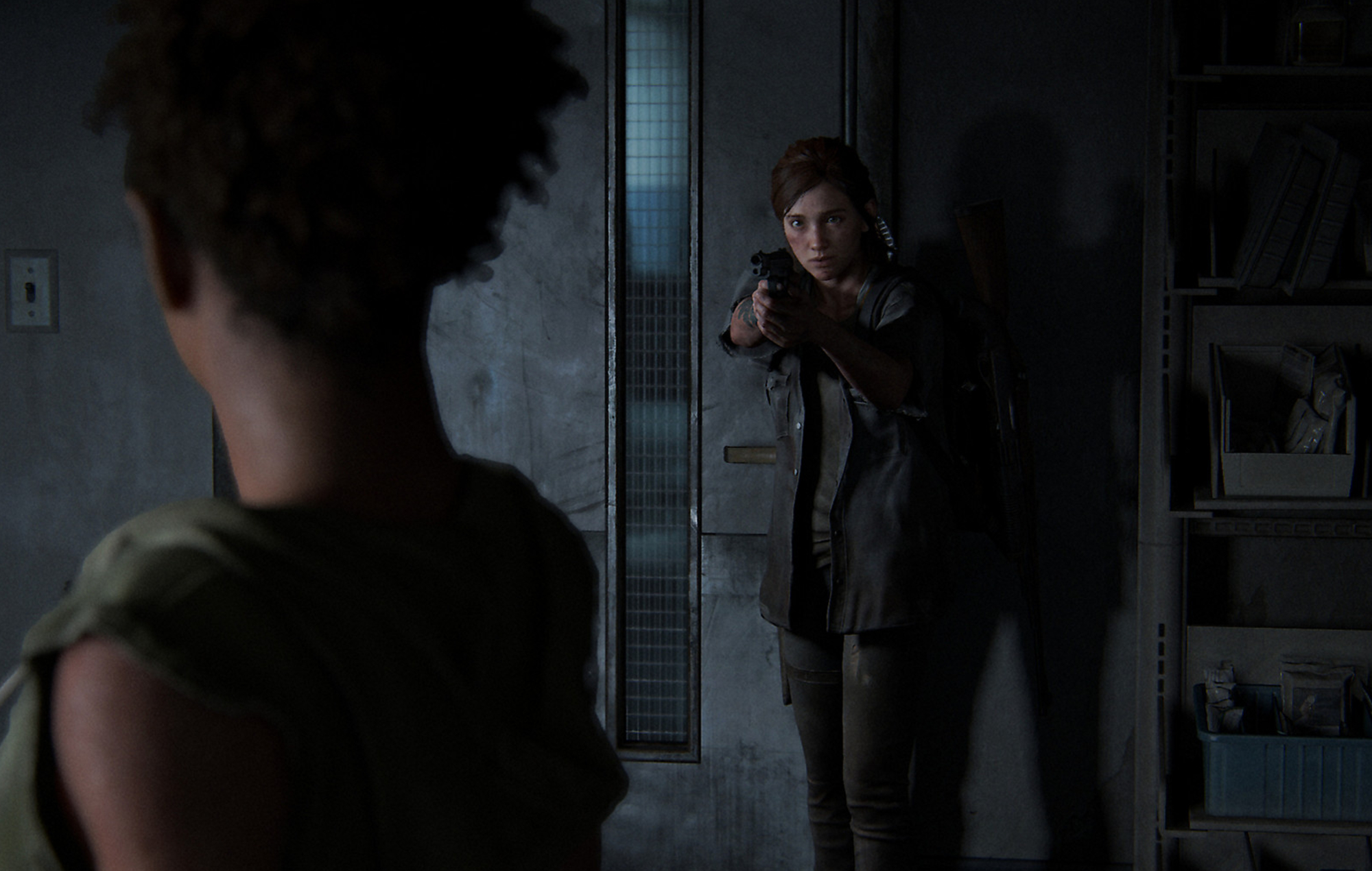
It is worth noting that crunch isn’t mandatory. Developers can work a normal day and leave at the usual time (if they can manage). However, the culture of crunch makes it harder to do. As Naughty Dog developers said,
“You feel obligated to be there later because everyone else is there later.”
(( Schreier, Jason. 2020. “As Naughty Dog Crunches On The Last Of Us II, Developers Wonder How Much Longer This Approach Can Last.” Kotaku. March 12, 2020. )).
In a tweet further detailing CD Projekt’s development for “Cyberpunk 2077,” Jason Schreier noted that developers recalled their managers used their own coworkers as leverage to get them to continue working through crunch. So while not mandatory on paper, there’s a pressure to stay and continue the crunch. With the punishment for not doing so is knowing someone else will have to log more hours in your absence.
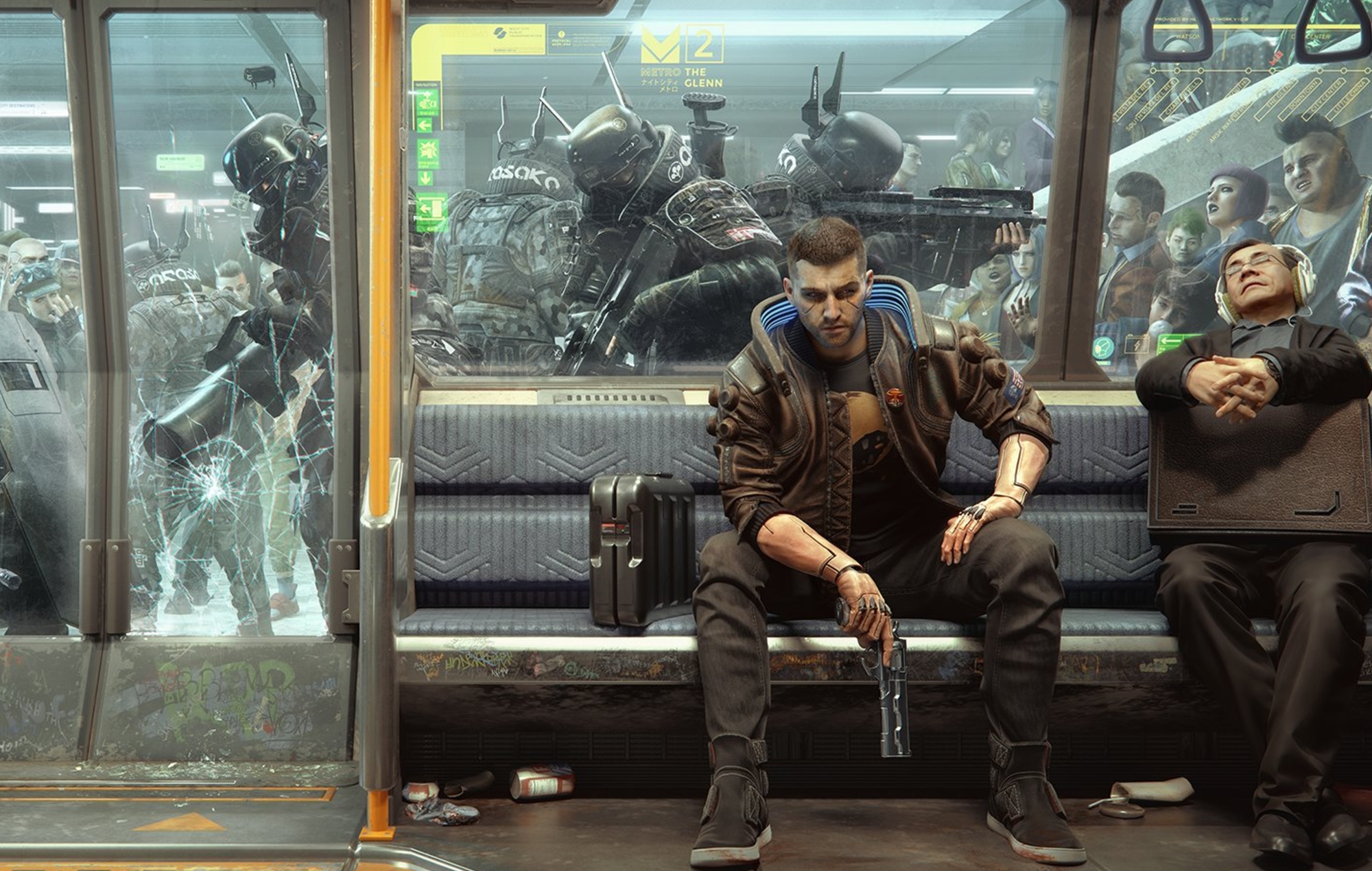
The obvious downside to crunch are the physical effects it can have on a person. Working twelve-plus hours, six days a week, can lead to a whole host of health issues, the most common being exhaustion. Developers often burn out of the industry altogether. In fact, because of how taxing crunch is, a video game developer typically expects to stay with their current employer three years or less (( Semuels, Alana. 2019. “Every Game You Like Is Built on the Backs of Workers.’ Video Game Creators Are Burned Out and Desperate for Change.” TIME. June 11, 2019. )) (note: this may also be due to high lay-off rates within the industry). Triple A companies rely more on less-experienced workers and skeleton crews to finish these detailed video games, with the turnover rate being so high. This leads to a game needing more time to be finished, which leads to longer crunch times, thus continuing the cycle. If companies can’t find a way to lessen the effects of crunch (or end crunch as a whole), the industry may soon find itself in a position where attrition has all but decimated every large-scale company.
Other Health Issues
Though crunch has its own set of health concerns, other issues the current state of graphics can bring. With video games becoming more and more photo-realistic, artists working on the games often use real-life references to animate characters and environments. This isn’t necessarily new or unexpected. However, there is a hidden problem. Take, for instance, NetherRealms Studios’ “Mortal Kombat 11.” As is a tradition for “Mortal Kombat,” at the end of each round, the player has the option of performing what is called a “fatality:” a special move that brutally kills the opponent player.
Each fatality is graphic in nature. However, with the advancement of what video game graphics can show, these fatalities are no longer just a flash of blood. Instead of a quick animation, like they were in the very first “Mortal Kombat,” the new fatalities are in slow-motion and what’s shown on screen often looks like a nightmare X-ray.
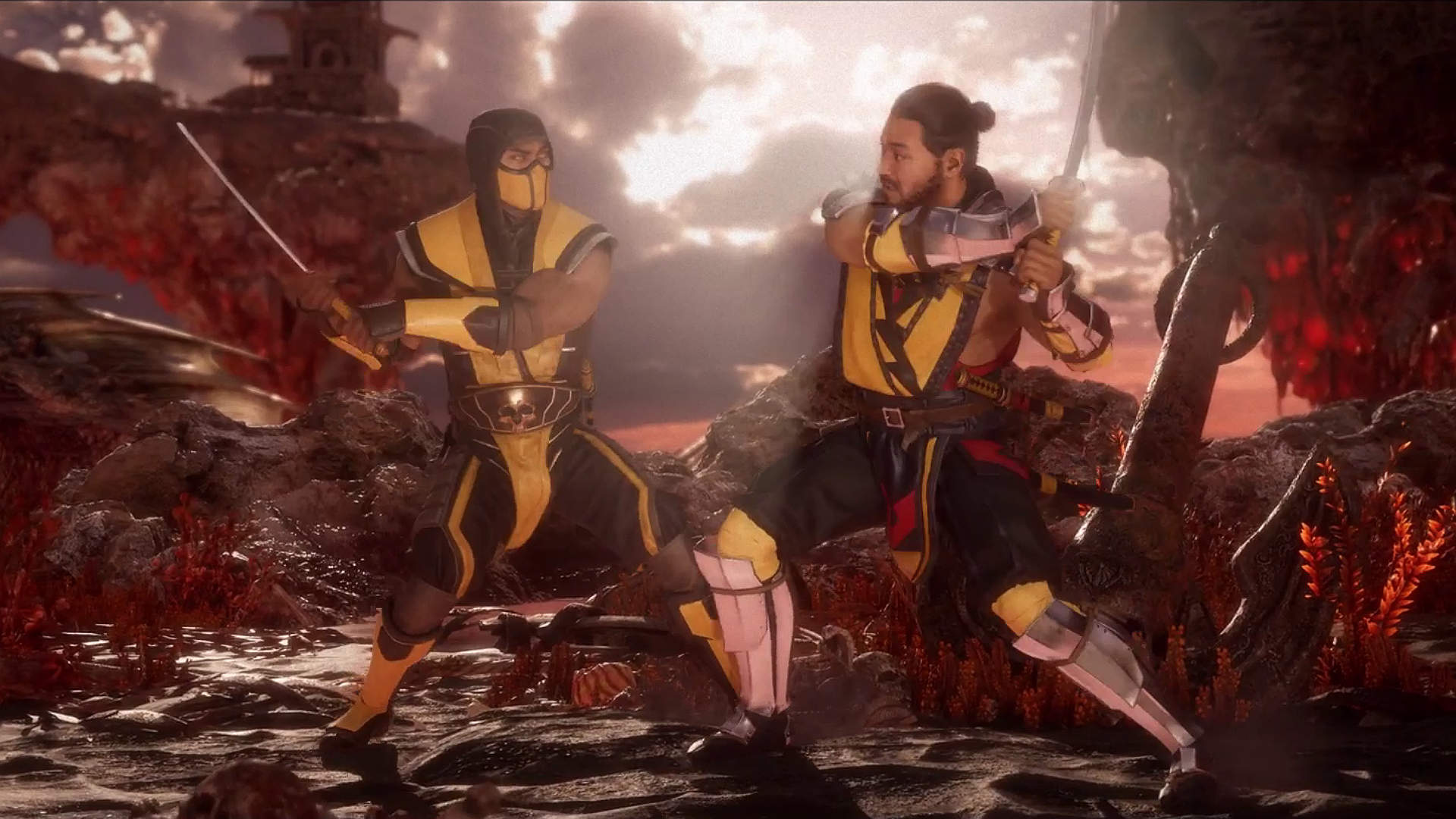
This level of detail means that animators often find themselves using real-life examples of gore to produce the fatalities. A former NetherRealms Studios developer described the office for “Mortal Kombat 11” as a gruesome place. The research and referential work done meant a developer “would be watching hangings on YouTube” or “looking at pictures of murder victims (( Rivera, Joshua. 2019. “I’d Have These Extremely Graphic Dreams’: What It’s Like To Work On Ultra-Violent Games Like Mortal Kombat 11.” Kotaku. May 8, 2019. )).” The side effects of this kept many developers from sleeping, as the work gave them “extremely graphic dreams,” or PTSD (( Rivera, Joshua. 2019. “I’d Have These Extremely Graphic Dreams’: What It’s Like To Work On Ultra-Violent Games Like Mortal Kombat 11.” Kotaku. May 8, 2019. )).
The former developer also stated that there were no company guidelines or help available to anyone who felt these negative effects, leading to a sense of “spinelessness” for not being able to handle the gore seen day after day (( Rivera, Joshua. 2019. “I’d Have These Extremely Graphic Dreams’: What It’s Like To Work On Ultra-Violent Games Like Mortal Kombat 11.” Kotaku. May 8, 2019. )). With developers for “The Last of Us Part II” confirming that they did similar research, it’s easy to assume that there are a growing number of staffers dealing with the adverse issues. If this number becomes too large, it could also lead to the issue of attrition the industry is facing.
It Doesn’t Have To Be This Way
Of course, the graphics race isn’t a universal constant. There are tons of smaller indie companies that have foregone the need to make the next visually cutting edge game. Instead, these companies seem to focus more on what video games can do artistically and what stories they can tell. Prominent indie company Supergiant Games is an excellent example of this. While their games aren’t photo-realistic, the art and story in each of the company’s four video games have been lauded over and over again. They are visually stunning in their own right, with compelling stories and characters.
Without the need to race for tiny details, Supergiant has done something unique with its company policy. There is no “crunch,” as gaming fans have come to understand it. Supergiant designer Greg Kasavin explained that while employees do sometimes work long hours, there is no top-down or social pressure to do so (( Greyson, Nathan. 2019. “The Secret To The Success Of Bastion, Pyre, And Hades: No Forced Crunch, Yes Forced Vacations.” Kotaku. September 13, 2019. )). It is instead a more “self-contained, individual initiative (( Greyson, Nathan. 2019. “The Secret To The Success Of Bastion, Pyre, And Hades: No Forced Crunch, Yes Forced Vacations.” Kotaku. September 13, 2019. )).” This means that while an individual may go out and work longer on something, the company makes it a point to make sure the decision won’t rope anyone else into it unwillingly.
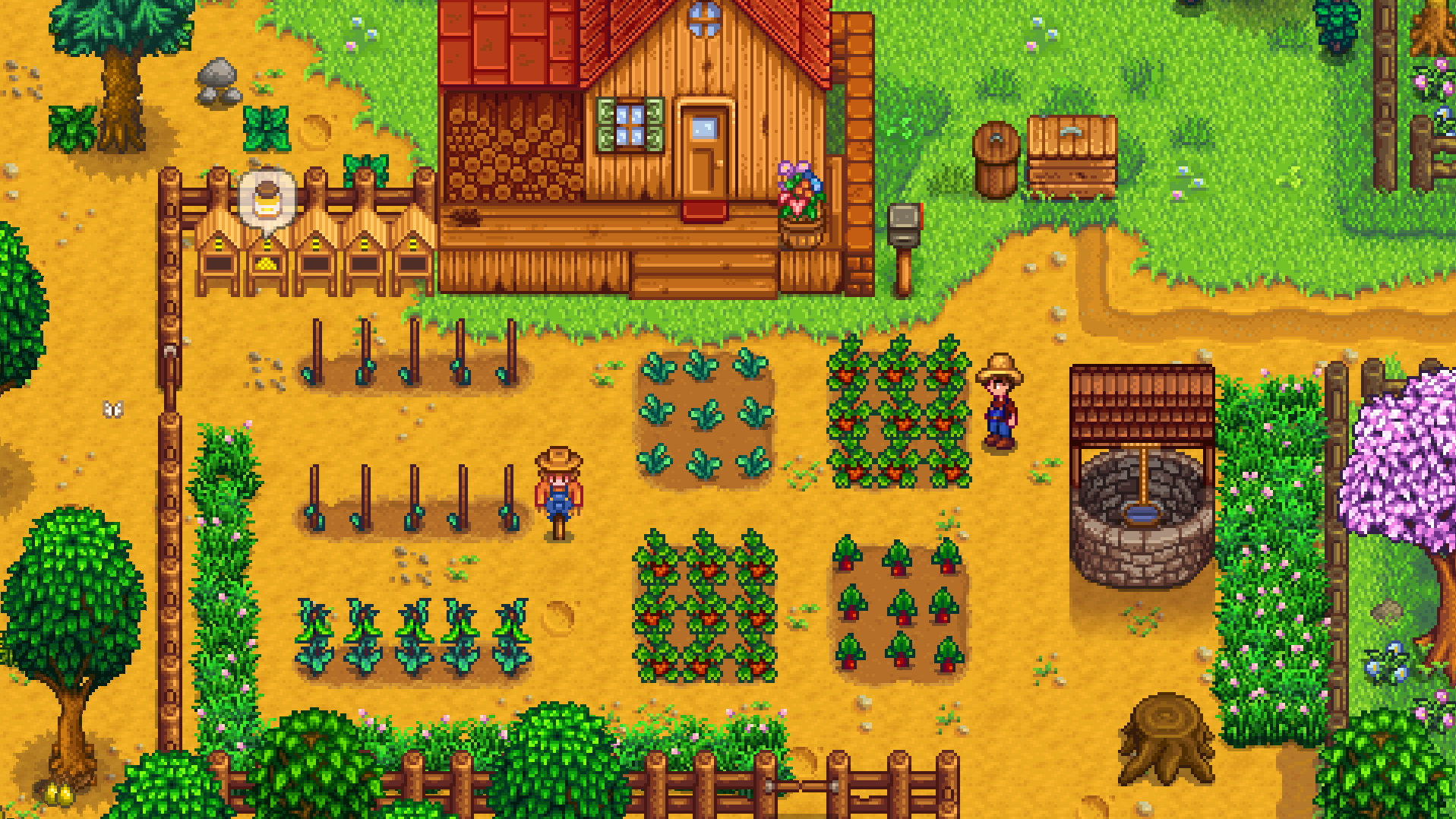
There are also the niche of modern 16-bit video games one can find on the market. Games like “Terraria,” “Undertale,” and “Stardew Valley” are popular titles that aren’t what many would consider “visually cutting edge.” They are loved for many reasons outside of that: gameplay mechanics, music, story, etc. With these video games (and companies like Supergiant) being as successful as they are, it begs the question as to whether or not the graphics race is necessary.
While some would argue that there is a demand for the minute details in Triple A video games, photo-realism no longer seems to be a key component of what makes a game “successful.” And with the realities of crunch and other issues within the gaming industry becoming more and more apparent, there has been a growing call to return to smaller games to fight back against it.
16-Bit May Save Us All
There is no denying that video games continue to push the boundaries of what anyone ever thought possible. To have gone from 8-bit Mario to seeing the texture in his denim overalls is a feat in and of itself. However, this clarity is eating the video games industry from the inside out. With each new limit exceeded, a growing number of developers are burning out and leaving the industry they love due to the amount of work these better graphics demands.
And as this race continues, the concerning dilemma may need solving sooner than anyone realizes. Whether this will be from developers unionizing or due to a return to smaller games is anyone’s guess. However, one thing is abundantly clear: if the race continues as it has recently, video games as we know it may cease to exist.
